“Conservation of wetlands plays a vital role in ecosystem and vegetation development. The wetlands of Kaziranga support spectacular concentration of wildlife like the Great One-horned Rhino, Water Buffalo, Eastern Swamp Deer and various species of migratory and resident birds, fishes and reptiles. Grave consequences for wildlife have been associated with shrinking of wetlands.” said Prasanna Baruah, senior scientific officer of Assam Remote Sensing Application Centre while speaking on the “status of wetlands in Kaziranga National Park: a geospatial analysis” during a conclave held in the Convention Centre of Kaziranga on Monday. “Erosion, siltation, shallowing of wetlands, invasion of tall grassland and reduction of wet short grass area have become major threats for Kaziranga,” he warned.
The conclave on “Climate Change threats on Wetland Ecosystem of Protected Areas & their Management” was organized by Kaziranga Wildlife Society and Assam Science Technology and Environment Council (ASTEC).

“Wetland mapping is the first step to monitoring this important part of the ecosystem. Mapping of wetlands using geospatial tool, can be done accurately at minimal costs and manpower use. Monitoring at multiple spatial and temporal scales, support better understanding of the ecosystem for continuous assessment and analysis of future trends,” Baruah also added.
The conclave on “Climate Change threats on Wetland Ecosystem of Protected Areas & their Management” was organized by Kaziranga Wildlife Society and Assam Science Technology and Environment Council (ASTEC).
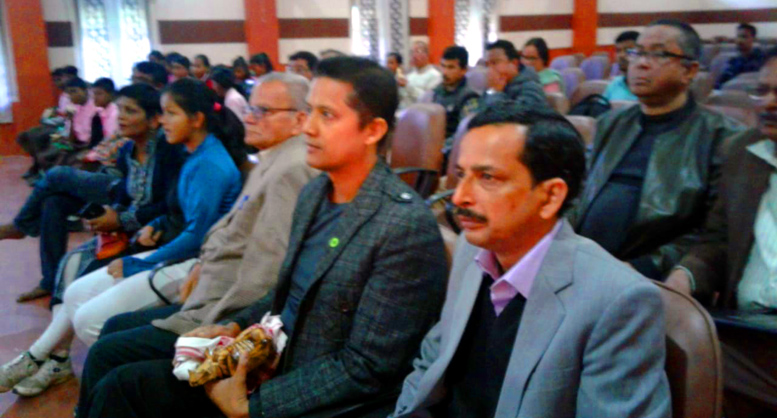
Dr Jaideep Baruah, Head, Environment Division of ASTEC in his opening remarks said that wetlands form a unique ecosystem. The role of wetlands is enormous in maintaining environmental quality, control of floods, ground water recharge and livelihood support. Wetlands provide water and habitat for a diverse range of plants and animals and therefore richest among all ecosystems from biodiversity point of view. He stressed on the need for identification and delineation of wetland areas and periodic monitoring of the physical status of the wetlands in protected areas.
Detailing the objectives of the conclave, Mubina Akhtar, secretary of Kaziranga Wildlife Society said-- “Climate change poses a threat to all ecosystems. The wetland ecosystem is the most vulnerable because wetlands are the least protected ecosystems. The New Wildlife Action Plan 2017-2031 (NWAP) of India sets out the framework for governmental intervention and management plans to be developed in the protected areas (PAs) in the coming 15 years prioritizing development and conservation goals. On the other hand, the thematic focus on climate change—an entirely a new approach in conservation discussions, would set the tone for research specific to climate change, including long-term monitoring and assessment of change in the distribution of vegetation types and ecosystems.”

“Kaziranga Wildlife Society now in its golden jubilee year and with the core objectives--to protect, preserve and propagate nature, wildlife and environment – has sought collaboration with the ASTE Council for a for exchange of scientific ideas on status of wetlands and threats of climate change on wetland ecosystem in protected areas and create a policy discourse between CSOs and government departments/agencies for effective management of wetland ecosystem in protected areas,” added Akhtar.
Opening the discussions, Dr Pradip Sharma, Associate Professor (Retd) Cotton University, gave out a presentation on the effect of climate change and wetland degradation in protected areas and showed the implications of climate change on the wetland ecosystem. Dr Sharma said that the total wetland area estimated in the state is 7, 64, 372 ha i.e. around 9.74% of total geographical area of the state and the number of wetlands having an area of more than 2.25 ha is 5,097. There are about 6,000 wetlands scattered in the Brahmaputra and the Barak valleys having an area of less than 2.25 ha. In addition, the state has several thousands of family owned small tanks. Besides providing water to the people of the nearby areas, these tanks can also be used for rearing fishes and raising plantation crops. Wetlands need to be protected for their unique biodiversity. If properly managed, the wetlands are going to be a source of immense wealth for this state leading also to enrichment of the quality of its environment,” Dr Sharma added.
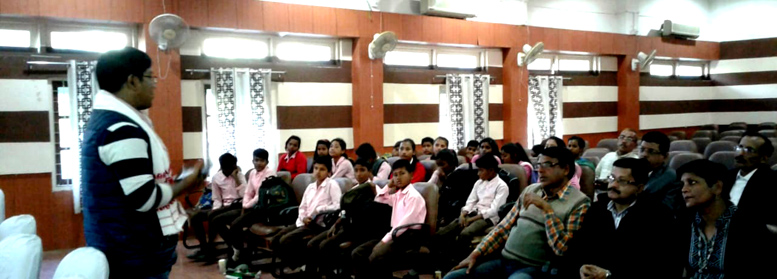
Talking on the key issue on climate change effects on wetland ecosystem, Dr Sharma said that with increase in temperature evaporation also increases that leads to depletion of surface water level resulting in depletion of aquatic life and vegetation cover. He also blamed poor governance for loss of important wetlands in the state.
Haobam Suchitra Devi, Senior Scientist, North Eastern Space Applications Centre, Shillong giving an analysis of land cover dynamics in Kaziranga National Park using geospatial technology, said that Bank erosion is the main cause for the loss in area in KNP and the Eastern range of the Park is the most affected one. The result also showed a gradual reduction in woodland till 1988 and again in increasing trend. Land cover in the Park is also very dynamic in nature. Wetlands have changed to grassland and woodland, grasslands to woodlands. Short grassland although occupy less area, is showing an increasing trend. Therefore, monitoring land cover is utmost priority for management of the park, the scientist warned.
The Divisional Forest Officer of KNP, Rohini Ballav Saikia summarized the findings of the recent Waterfowl Survey in the water bodies of the Park taken up by the department last December. He hoped that future surveys would engage more participants especially from the student community in such surveys.
A film show on the great one-horned rhino was held for students in the post lunch session. Raj Phukan of Green Guard Nature Organization interacted with students with a slide show on climate change effects on our environment. Padum Borthakur, president Kaziranga Wildlife Society addressing the students said that the future of this earth depends on our young generation and each of the young people should become a foot soldier in the conservation movement. Arup Duarah, headmaster, Dholaguri ME School urged the students to be aware and remain vigilant of various environmental crimes happening around us. Dr Jaideep Baruah and Dr Pradip Sharma also interacted with students from Kaziranga National Park School, Vivekananda Kendriya Vidyalaya Golaghat and Dholaguri ME School.
Office-bearers and members of KWS—Sourav Mahanta, Chandan Gogoi, Ronjit Dohutia, Alak Sarma, Hariprasanna Gogoi, ACF Kaziranga PV Truinbak, Bhrigu Kalita (NESA), Achinta Goswami, Principal Golaghat VKV, Bhawani Khatiwara, teacher Kaziranga National Park School and members from WWF-India, WTI, Green Guard Nature Organization participated in the programme.
- 9914 reads


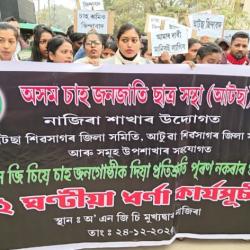



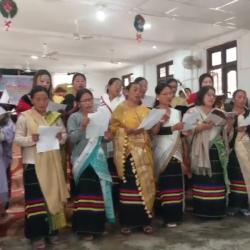

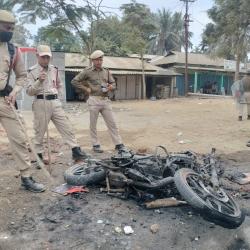

Add new comment